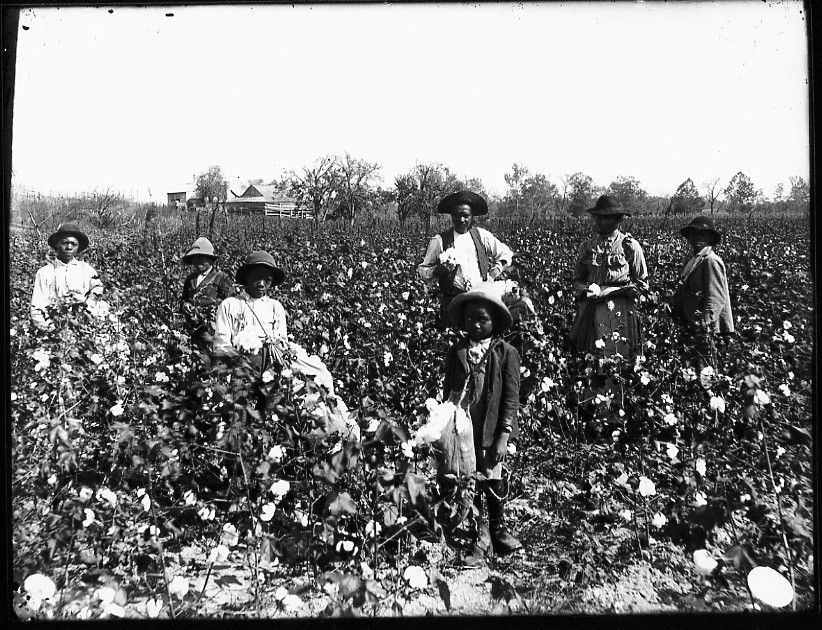We are all patriotic. Let’s start with the Star Spangled Banner.
You all are familiar with some of it, but perhaps some of you may not know this particular stanza: Don’t worry, I won’t sing it:
“No refuge could save the hireling and slave from the terror of flight, or the gloom of the grave.” Keep in mind that the militias referred to in the Second Amendment seem to have been the groups that hunt down escaped slaves.
The elevation of slave owners’ property rights easily morphed into the expansive property rights of those who hired wage labor. This power allowed capitalists to call upon the state rather than militias of slave captors to keep workers’ rights and wages in check.
This arrangement supposedly served the public interest because low wages mean high profits, which, in turn meant increased investment, which translates into shared prosperity, presumably even including otherwise downtrodden labor — a bourgeois version of the unity of opposites.?php the_content('
Read More
Despite the neoliberal obsession with wage suppression, history suggests that such a policy is self-destructive. Periods of high wages are associated with rapid technological change. For example, after the scourge of the Black Death, which eliminated about a third of the population of Europe, the surviving workers were in a better bargaining position in terms of both wages earned and rents paid. Rapid technological change emerged as a means to cope with workers temporary advantage. The historian, Richard C. Allen, makes the case that wars in the late 18th century removed significant portion of the labor force, again creating higher wages. The combination of higher wages and the availability of cheap fossil fueled another burst of rapid technological change, which we now know as the Industrial Revolution.

